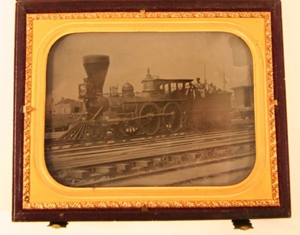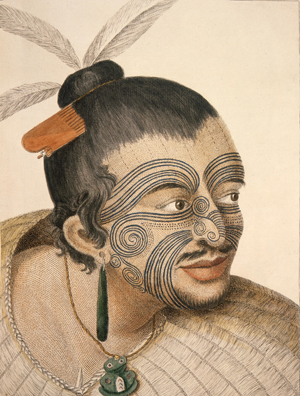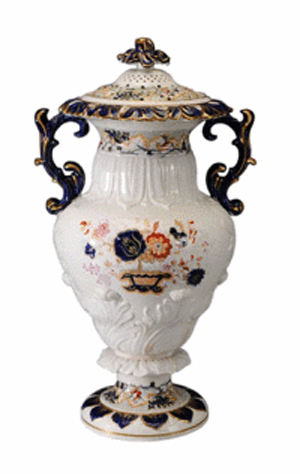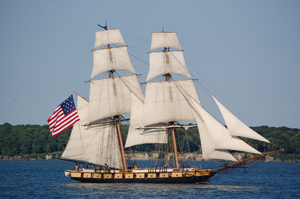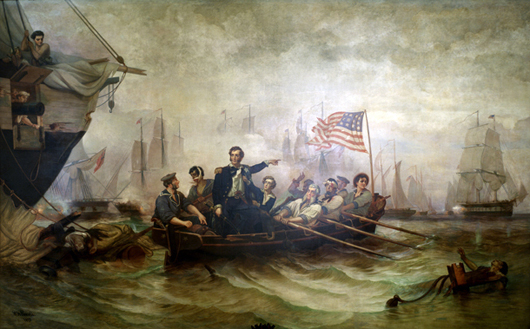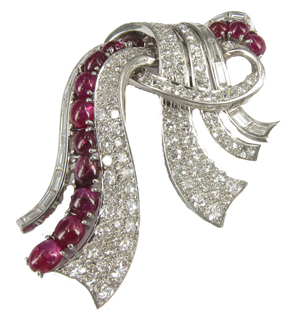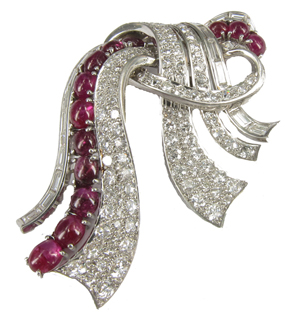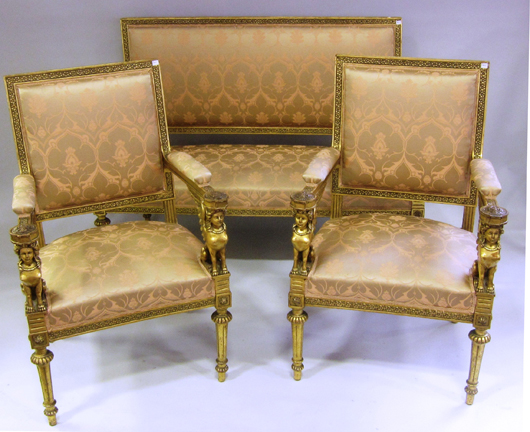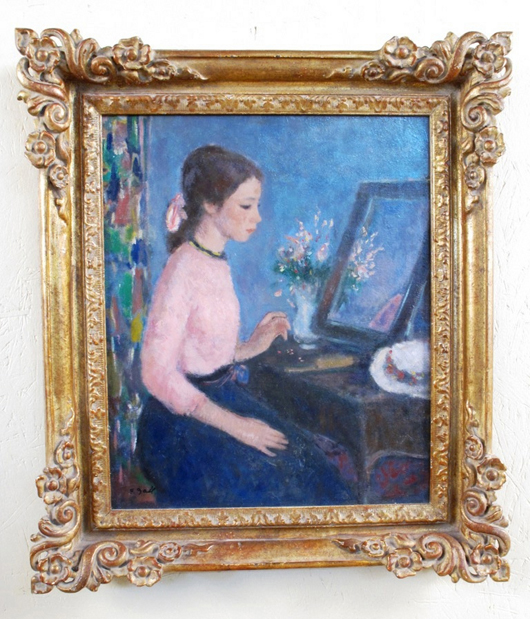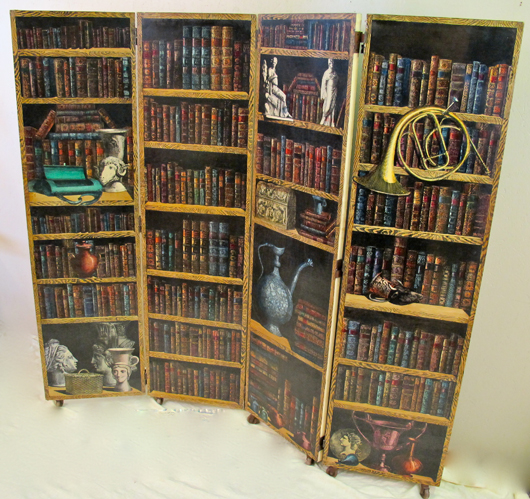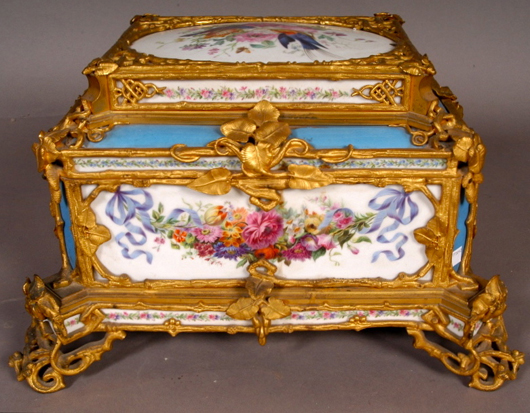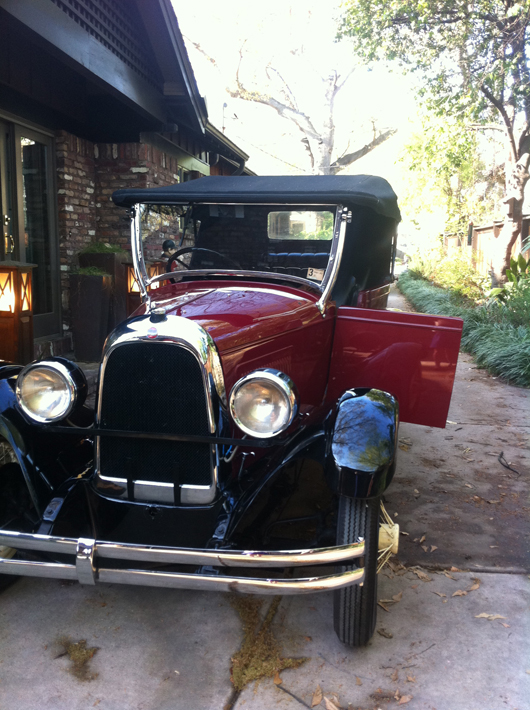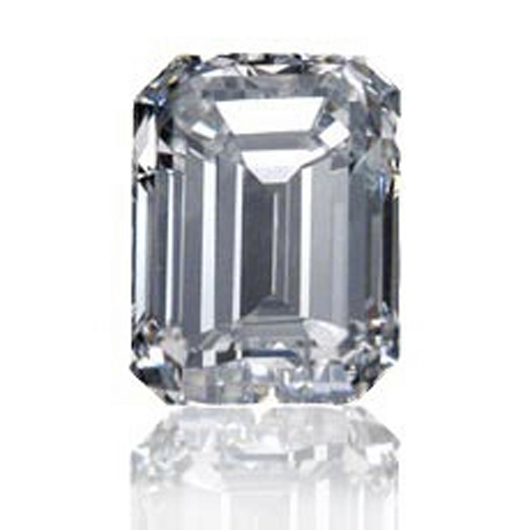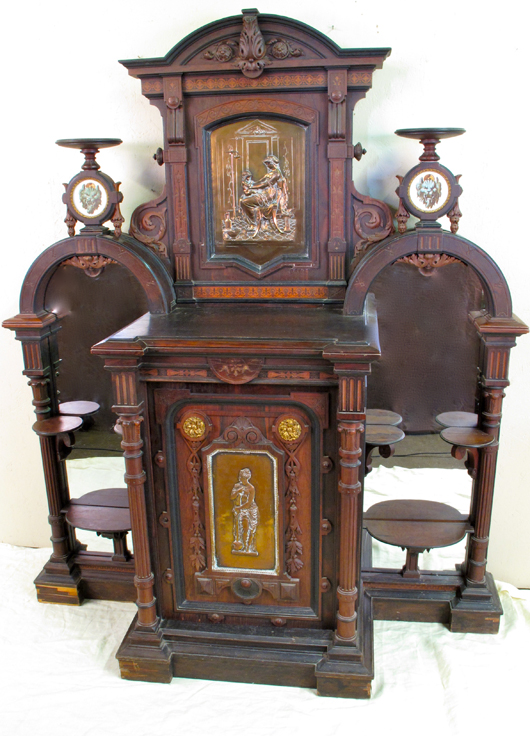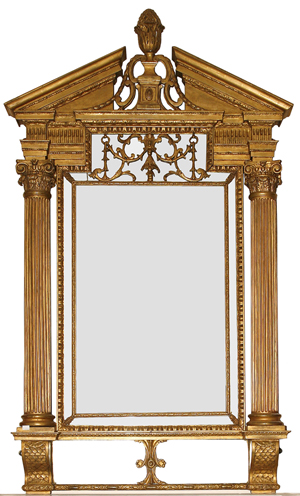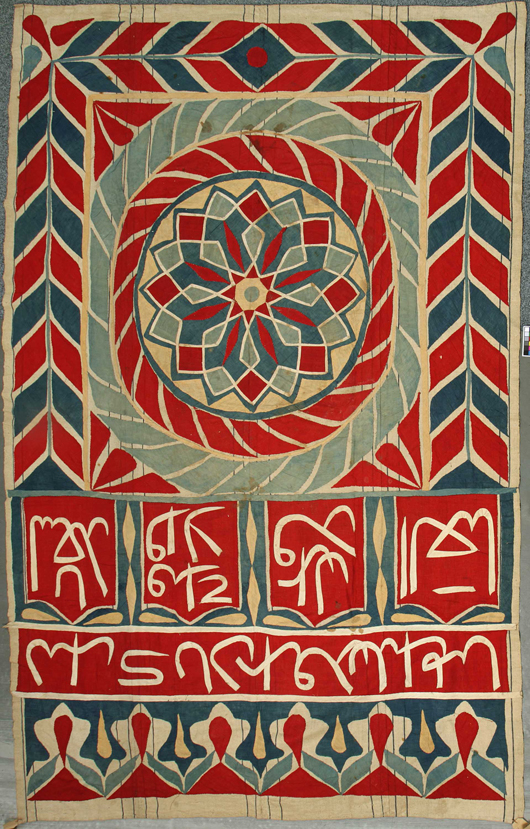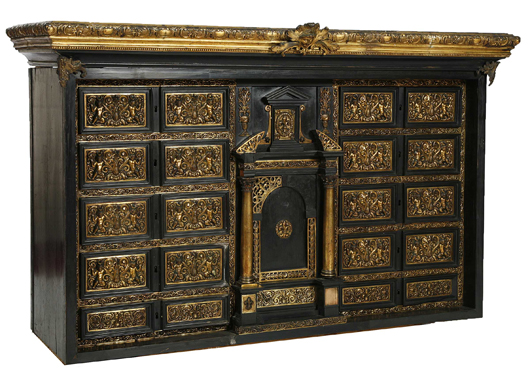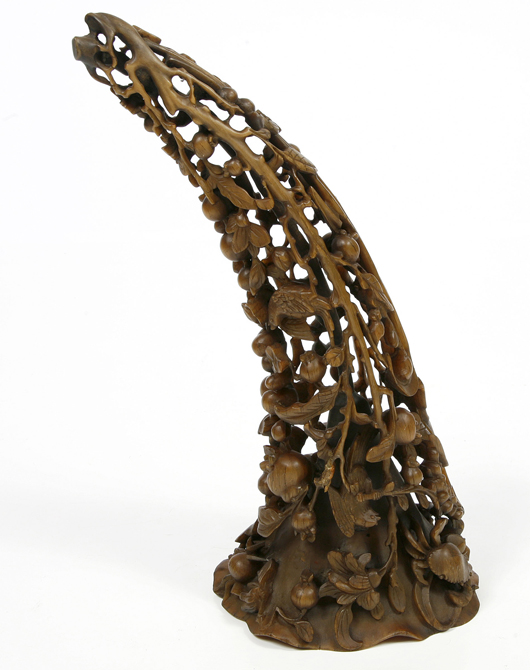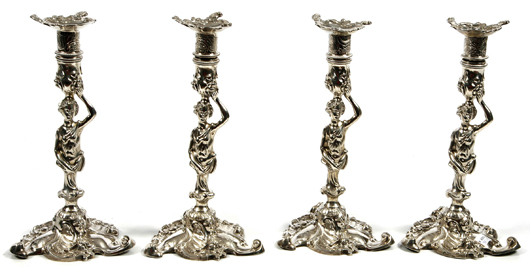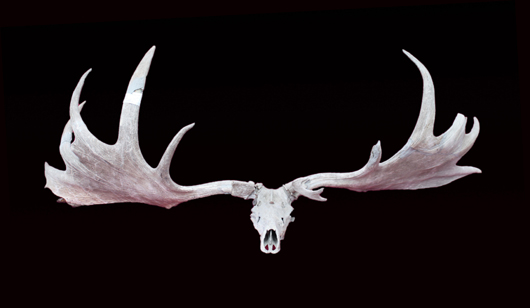LOS ANGELES – King Sisyphus, it turns out, had little on the folks at the Los Angeles County Museum of Art.
In Greek mythology, Sisyphus was condemned by the gods to push a giant rock up a hill for eternity. In modern-day LA, the city’s largest museum has spent months – and $5 million to $10 million – trying to get a 340-ton boulder from a dusty quarry in Riverside onto its campus west of downtown.
When the teardrop-shaped chunk of granite finally arrives it will become the focal point of acclaimed earth artist Michael Heizer’s latest creation, “Levitated Mass.” Museum visitors by the thousands are expected to walk under what will be one of the largest environmental art creations ever placed in an urban setting.
Heizer “came up in a generation that wasn’t just about what you could create or sculpt in the studio,” said Rochelle Steiner, dean of the University of Southern California’s Roski School of Fine Arts. “It was about how you could intervene in the elements, in your own environment, in the landscape, and how the environment became not just your subject matter but your situation as well.”
The reclusive Heizer is perhaps best known for “Double Negative,” the 1,500-foot-long land sculpture he cut into a desert mesa in a remote section of southern Nevada.
“Levitated Mass” will be a major coup for the museum, Steiner said, and will provide the general public a rare opportunity to see Heizer’s work up close.
But before that can happen, the museum has to get the rock here, and that’s proving a Sisyphean task.
At the Stone Valley quarry, on the outskirts of Riverside, a 196-wheel, 44-axle transport vehicle strong enough to hold more than a million pounds is being constructed. With drivers, steerers and police escorts, as many as 60 people could be involved in the move.
“It will be an entourage,” laughed Rick Albrecht, who is supervising the rock’s move for Emmert International, an outfit that specializes in moving really big stuff.
Although Emmert has never hauled a rock the size of a two-story house before, Albrecht appears undaunted by the challenge.
“This might be the first time for a rock but our company moved a building in Salt Lake City that was equivalent to a five-story,” he said during a recent day at the quarry, as workers with welding torches worked on the transport vehicle. “It was almost 60 foot wide, it was a little over a hundred feet long, and we had to jack it up 14 feet, spin it 180 degrees, move it across the street and jack it back down.”
Compared to that, he indicated, the rock will be a piece of cake.
The hardest part so far has been getting permission from the three counties, the state and the numerous cities through which Emmert will haul the boulder.
The museum has rescheduled the departure date several times as it works with local officials to find a route acceptable to everybody. The rock is now tentatively scheduled to leave the quarry sometime later this month.
The 60-mile trip to the museum that would normally take about an hour in light freeway traffic is expected to take the rock at least 10 days.
It will rarely travel faster than 5 mph and its delivery people may have to drive as far as 20 or 30 miles out of their way to get around various obstacles like utility wires and freeway overpasses.
The move, coming just months after repairs to a major freeway overpass had most of Los Angeles staying off the freeways for a weekend, has reawakened “Carmageddon” traffic nightmare scenarios.
Albrecht downplays such concerns. Although the transport vehicle is as wide as three freeway lanes and nearly as long as a football field, he notes it will only travel a few hours each night when traffic is lightest. People along the route will be told in advance that it’s headed their way.
Once the rock arrives it will straddle a 456-foot-long trench in such a way that people who walk under it will have the illusion that it is floating unsecured above them. California seismic officials had to sign off on the project to make sure no one would be squashed by the boulder should an earthquake strike.
While he’s kept a low profile, museum officials say Heizer himself has been involved in every aspect of the installation and may even show up for the planned unveiling in November.
For most of the last 40 years, the 66-year-old artist has been creating a Mount Rushmore-sized project called “City” near his home in the central Nevada desert.
Although he has carefully, some would say obsessively, kept the public from seeing it, photos that have surfaced show a number of huge, pyramid-like buildings, some as high as 80 feet, stretching across more than a mile of desert terrain.
Before he started on “City,” Heizer was already envisioning “Levitated Mass” and spent decades searching quarries for the right rock.
He found it in Riverside six years ago, about the same time his longtime friend Michael Govan became head of the Los Angeles County Museum of Art.
Govan arrived with a mandate to install large outdoor works that would anchor the museum’s campus. “Urban Light,” contemporary artist Chris Burden’s stunning display of 202 restored antique street lamps, was placed in front three years ago.
“Levitated Mass” will go in back, literally just about a stone’s throw from the famous La Brea Tar Pits and the dinosaur fossils they hold.
As word of the project has spread around town, some critics have come forth, complaining that the money could be better spent on adding other works to the museum’s eclectic collection, which includes everything from 6th century Mexican sculpture to works by Rembrandt and Picasso.
Steiner indicated they aren’t seeing the big picture, that “Levitated Mass,” in tandem with “Urban Light,” will give the museum two different but equally impressive displays of modern Western U.S. art.
“Chris Burden is an LA artist. Michael Heizer is an artist who is interested in the landscape of the West,” she said. “The choices (of those two) are not coincidental but a statement about LA and its larger surroundings.”
# # #
Copyright 2011 Associated Press. All rights reserved. This material may not be published, broadcast, rewritten, or redistributed.
